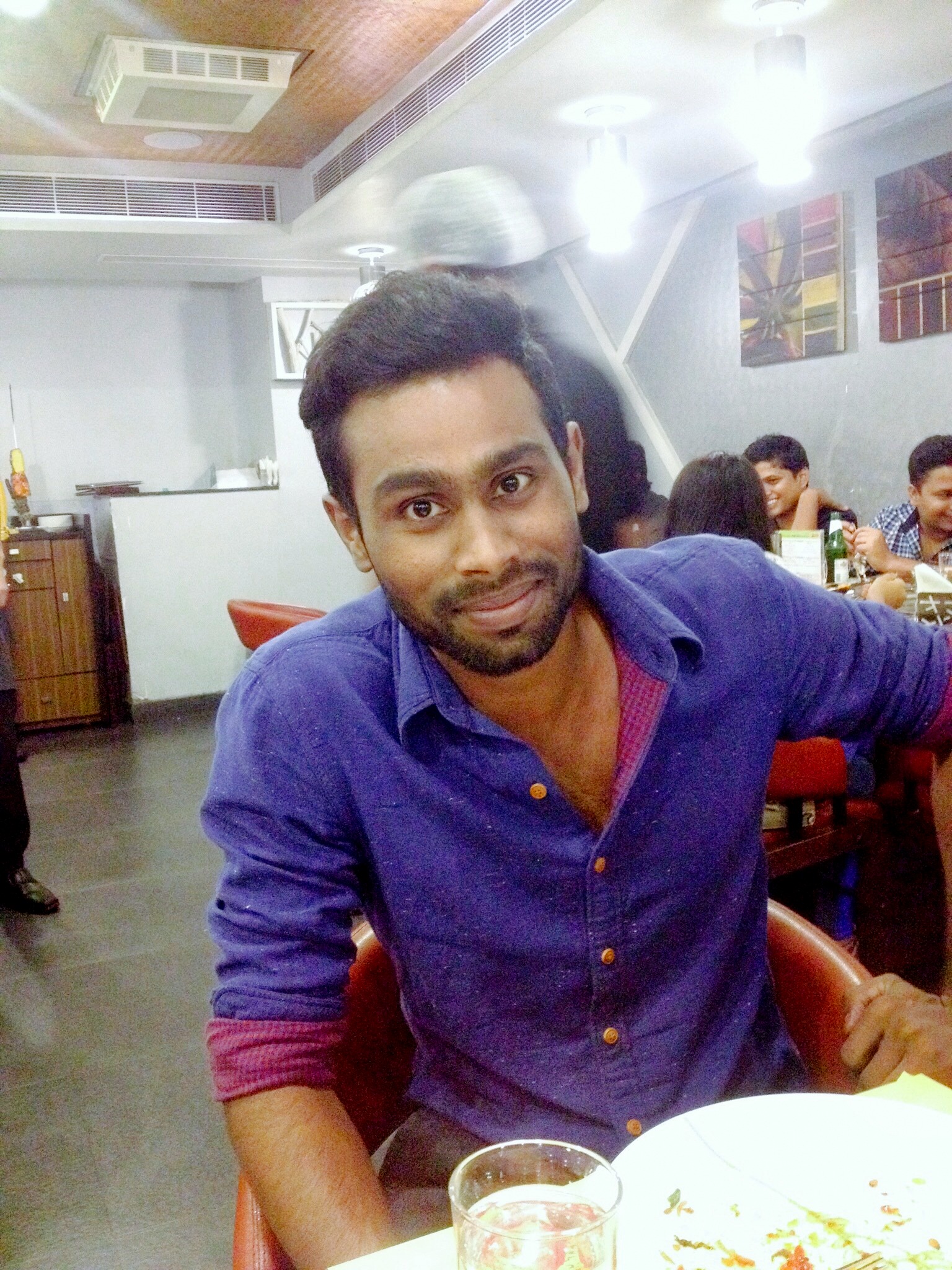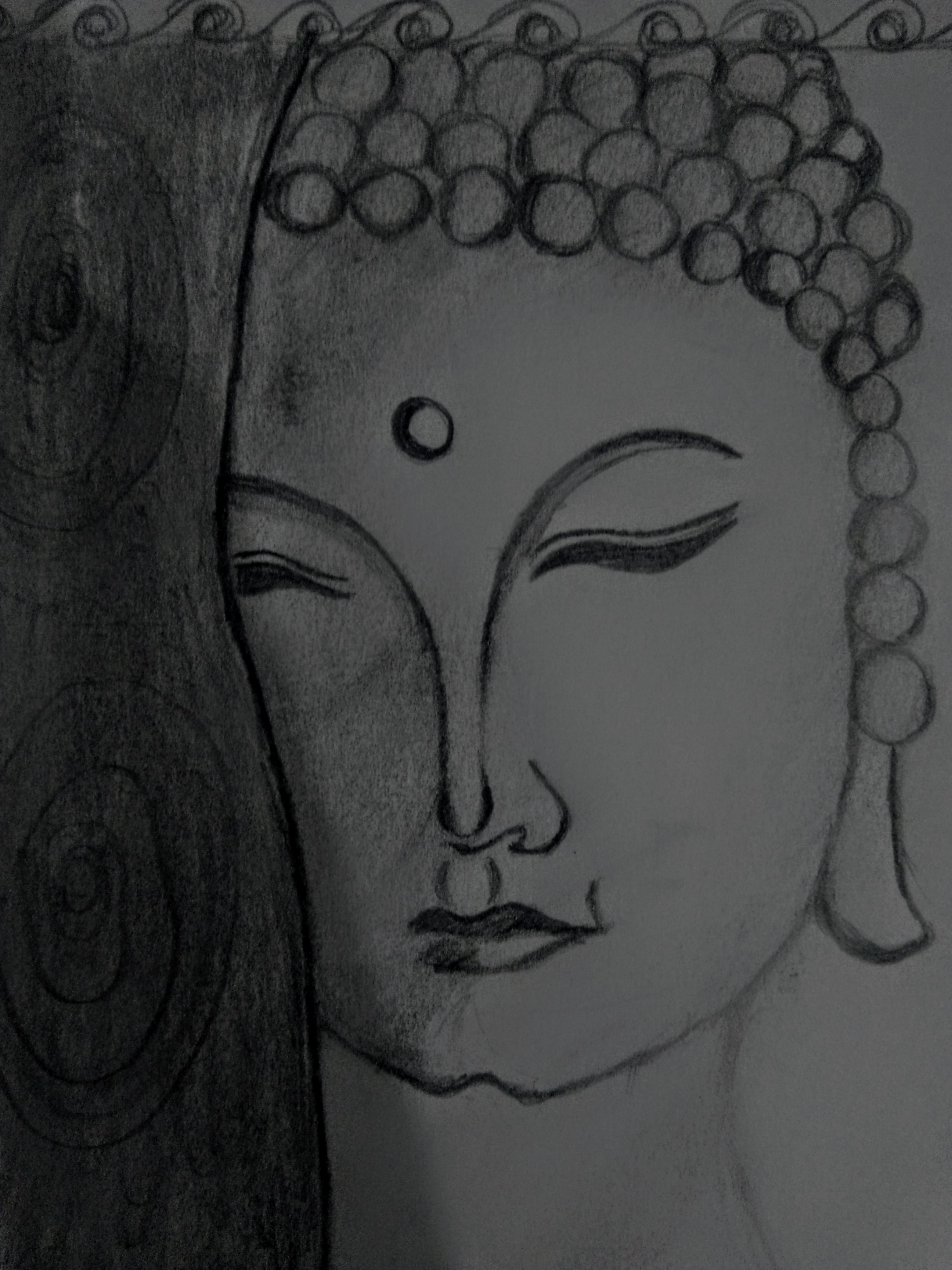What are the core principles of Alma-Ata declaration? Do you think the country is really transforming itself to attain the desired objectives of the declaration? Critically evaluate (200 Words)
Refer - The Hindu
Enrich the answer from other sources, if the question demands.

IAS Parliament 6 years
KEY POINTS
Core principles of Alma-Ata declaration
· Health is a fundamental human right and that the attainment of the highest possible level of health is a most important world-wide social goal.
· Primary health care is essential health care based on scientifically sound, and socially acceptable methods and technology made universally accessible to individuals and families in the community through their full participation.
· The people have the right and duty to participate individually and collectively in the planning and implementation of their health care.
Health care attaining desired objectives
Ayushman Bharat- Pradhan Mantri Jan Arogya Yojana (AB-PMJAY)
· It aims to cover over 10 crore poor and vulnerable families (approx. 50 crore beneficiaries) providing coverage up to Rs. 5 lakh per family per year for secondary and tertiary hospitalization.
· This scheme covers poor and vulnerable families based on deprivation and occupational criteria as per SECC (Socio-economic caste census) data.
· “LaQshya” (Labour room Quality improvement Initiative) to improve quality of care in labour room and maternity operation theatres in public health facilities.
The Integrated Child Development Services (ICDS) Scheme was launched with the objectives
· to improve the nutritional and health status of children in the age-group 0-6 years;
· to lay the foundation for proper psychological, physical and social development of the child;
· to reduce the incidence of mortality, morbidity, malnutrition and school dropout;
Criticisms
· Lack of medical manpower and its dynamics also warrants attention. It took 37 years after the landmark Bhore Committee report (1946), which highlighted the need for a ‘social physician’ as a key player in India’s health system.
· Finally recognise family medicine as a separate speciality and another decade and a half to actuate a postgraduate residency in family medicine.
· The highest professional body representing doctors in this country, the Medical Council of India (MCI), itself came to be dominated by specialists with no representation from primary care.
· The current opposition to training mid-level providers under the NMC Act 2019 is another example of how the present power structure is inimical to primary health care.
· Medical assistants, and non-allopathic practitioners with shorter courses and training regime have time and again been written-off as ‘half-baked quacks’ who would only endanger the health of the rural masses.
Chinna 6 years
Please review... thank you...

IAS Parliament 6 years
Try to include the criticisms part. Keep Writing.

Alok Dwivedi 6 years

IAS Parliament 6 years
Try to include some reports, data to support your arguments. Keep Writing.

Bijayeeni 6 years
Kindly review.
Thank you.

IAS Parliament 6 years
Good answer. Keep Writing.
Shivangi 6 years
Please review.

IAS Parliament 6 years
Try to include the criticisms part. Keep Writing.